
Diamond Gemstones: History, Meaning, Value & More
 Diamonds are brilliant, illustrious carbon minerals known as the king of gemstones. As one of the hardest minerals on earth, diamonds’ structure and global prestige are virtually unbreakable.
Diamonds are brilliant, illustrious carbon minerals known as the king of gemstones. As one of the hardest minerals on earth, diamonds’ structure and global prestige are virtually unbreakable.
While roughly 98% of all gems are considered semi-precious, diamond is one of four gems on the list of precious stones — along with ruby, sapphire, and emerald.
Did you know diamonds aren’t exclusive to Earth? Fifty light-years away, a “star” called Lucy is actually a 10 billion-trillion-trillion carat diamond!
On Earth, diamonds are beloved worldwide. In North America alone, diamonds are the official gemstone of Arkansas, USA, and Canada’s Northwest territories.
What makes diamonds so beloved? We’ll answer that and more today! Besides their unmistakable sparkle that dazzles from nearly every engagement ring in sight, there’s a lot to love about diamonds!
But before jumping into all the juicy information on diamonds, let’s lay some groundwork and start with the basics: what are diamonds?
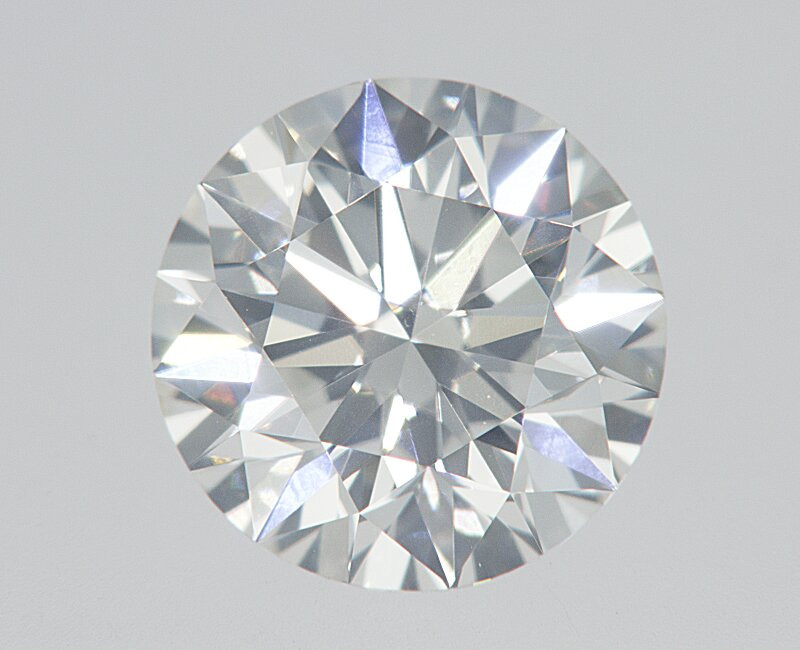
About Diamonds
On the gemstone list, diamonds seem to exist on their own level; so, are diamonds gemstones? They sure are! In fact, diamonds are lucky gemstones for many!
If you were born in April, congrats! Diamond is the traditional April birthstone. Summer babies join in too, as diamonds are the mystical birthstone for August!
For our astrology enthusiasts, diamond is the zodiac stone for Aries! Fellow fire sign Leo is honored with a diamond star stone. Considering diamond’s fiery brilliance, these both are a match made in heaven!
Speaking of great matches, diamonds are the traditional gemstone for 10th, 60th, and 75th wedding anniversaries! You may have a diamond ring already, but why not celebrate with a matching diamond necklace or earrings? Nothing celebrates love like a diamond. After all: they are “forever”!
Mineral Characteristics
Onto physical facts about diamonds, these gems are known for impressive durability. At a 10 on the Mohs mineral hardness scale, diamonds are the hardest gemstones in the world.
Scientists once believed diamonds were the hardest natural material, but as of 2019, two materials slipped ahead: Wurtzite boron nitride and Lonsdaleite. Besides these, diamonds are 58 times harder than any other natural material.
But is diamond a rock or mineral? Diamonds are carbon minerals!
Chemically, diamond is a carbon allotrope. The crystal structure resembles two pyramids with connected bases.
Roughly 30% of diamonds fluoresce in the right circumstances. Their fluorescent glow is almost always blue, though other hues sometimes appear.
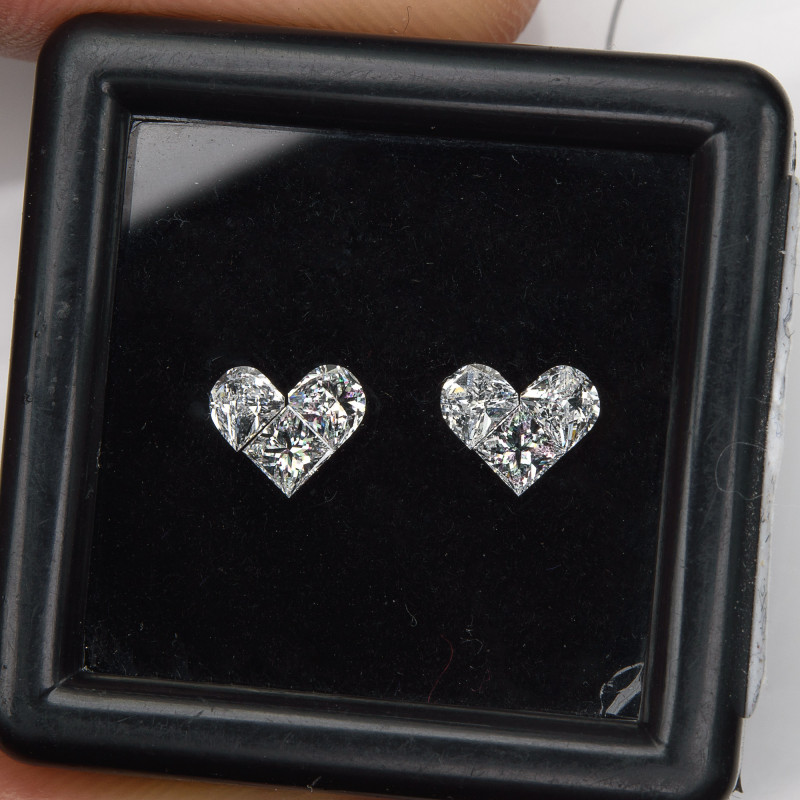
Types of Diamond Stones
When you hear “diamond,” you probably picture white diamonds. White diamond gemstones are colorless and typically synonymous with “natural diamonds.”
Dozens of different kinds of diamonds exist, but the main categories are Type I and Type II. About 95% of diamonds are Type I, containing nitrogen impurities and displaying fluorescence. Type II diamonds don’t contain nitrogen.
Let’s break down the sub-types:
Type Ia Diamonds. Diamonds with yellowish color due to clusters of nitrogen throughout the crystal. Type 1aA means the stone has paired nitrogen clusters, while Type 1aB stones have clusters of four nitrogen atoms.
Type IIa Diamonds. The rarest and most valuable diamond type, making up 1% of diamonds, with minimal to no nitrogen content that causes excellent sparkle.
Type Ib Diamonds. Uncommon diamonds (less than 0.1%) with scattered nitrogen clusters that cause intense coloring in yellow, orange, brown, or yellow-green.
Type IIb Diamonds. Variety with little to no nitrogen but containing boron, making them electrically conductive.
We should mention the confusing term diamante diamonds, as these aren’t diamonds but artificial gemstones resembling diamonds (e.g. rhinestones.) Let’s get back to the real deal, shall we!
Diamond Specifications & Characteristics
Color: Colorless; Can be shades of yellow, orange, red, blue, green, purple, and brown
Crystal structure: Cubic (isometric)
Luster: Adamantine
Transparency: Transparent
Refractive index: 2.42
Density: 3.51-3.53
Cleavage: On [111]; Perfect in 4 directions
Fracture: Uneven/Irregular
Streak: Colorless
Luminescence: Fluorescence under certain conditions; Almost always blue, but rarely white, yellow, green, or red
Diamond gemology aside, what do diamonds represent? With diamonds, there’s more than meets the eye!
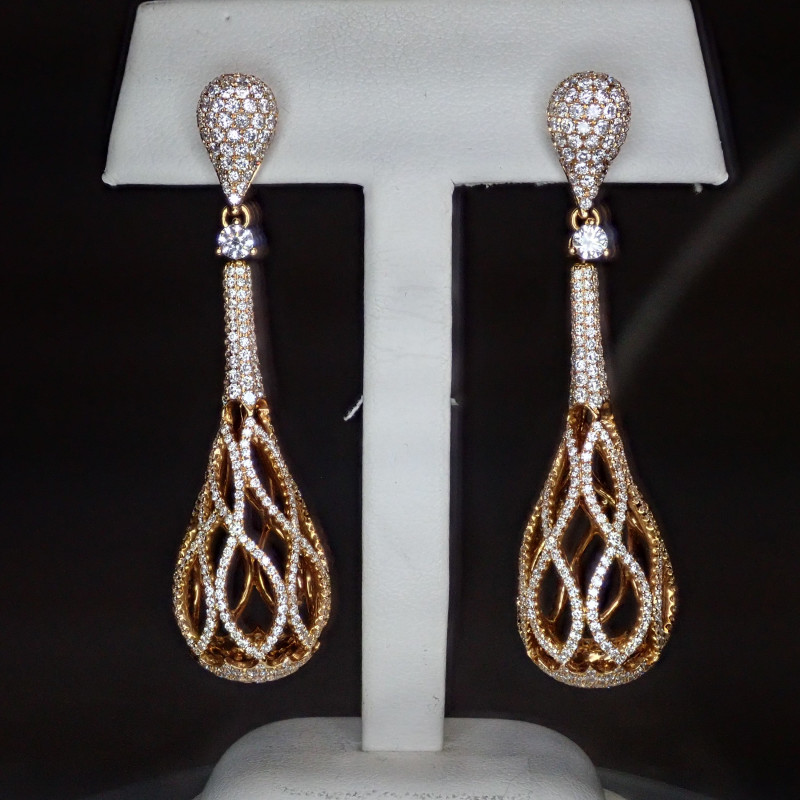
Diamond Meaning
“Diamond” derives from Ancient Greek adamas, meaning “invincible.” Besides describing the stone’s physical strength, it also referred to myths that diamonds could protect one from death. Perhaps this diamond meaning came from the stone’s supreme durability, which could represent protection.
Throughout antiquity, diamond gemstones were examined through spiritual and philosophical lenses. Roman naturalist Pliny the Elder described diamonds in 1st-century AD:
“Diamond is the most valuable, not only of precious stones, but of all things in this world.”
Ancient India boasted the first diamonds and incorporated them into lore. The Sanskrit word for diamond, Vajra, means “thunderbolt,” after local beliefs that Lord Indra, god of storms, sent lightning to strike Earth and form diamonds.
Additionally, ancient Indians put diamonds on religious idols and viewed the stone as a protective talisman. Religion and gemology often intersected, with the Hindu scripture Garuda Purana describing diamond quality and benefits like wealth and prosperity.
Diamonds remained symbols of wealth and status for centuries. Before the 1400s, only nobility and priests could wear diamond jewels.
Now, diamonds symbolize everlasting bonds, love, and fidelity. Spiritually, a diamond represents longevity, inner beauty, and accomplishment.
So, how can you use diamonds?
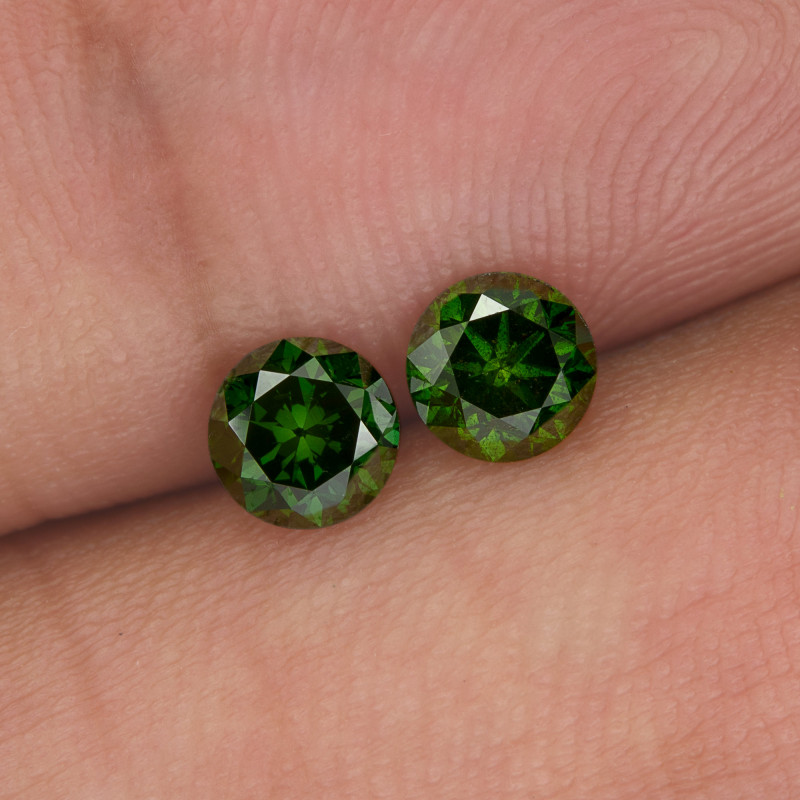
Diamond Healing Properties
Like all healing stones, diamonds possess spiritual power. As a white gem, diamonds can be used for awareness, purification, and amplification.
The stone’s invincibility extends to other healing properties, purportedly bringing strength, courage, and endurance. Diamond’s fire is said to enhance clarity and innovation.
What about specific diamond healing properties?
Physical Healing
Diamonds are said to target the nervous system, improving cognition and sensory ability. Furthermore, you can use diamonds to amplify the healing properties of other gemstones.
Emotional Healing
Emotionally, diamonds can clear away negative feelings like worry and pain. After this cleansing, diamonds can promote personal growth, allowing you to access your highest self and discover your personal power.
Chakra Healing
Diamonds are great for working with the crown chakra. This chakra is where your body and soul meet, called “the bridge to the cosmos.”
An unbalanced crown chakra can make you feel confused and isolated. Diamonds can balance the chakra, increasing your spiritual awareness and connections.
Before buying, you’ll want to increase your awareness of diamond quality.
Diamond Gemstone Properties: The 4 Cs
What is a natural diamond or a natural diamond’s true value? While this might not be common knowledge to buyers, experts employ a trusted method for valuing diamonds, and it’s called the 4 Cs.
The four cs of diamond quality, created by the Gemological Institute of America (GIA), are a universal diamond grading system. The GIA diamond grading system is used internationally and consumers rely on diamond certificates from GIA or IGS (International Gemological Society) for objective quality measurements.
The measurements consist of color, cut, clarity, and carat weight.
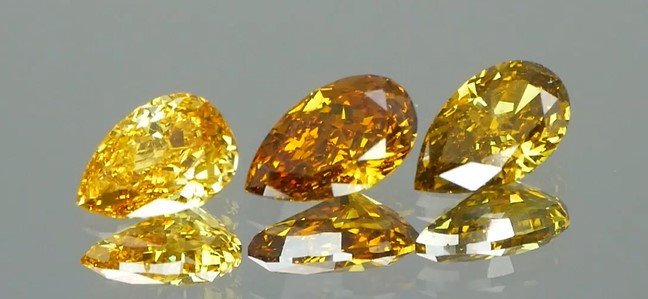
Color
The highest-quality diamonds are colorless. GIA’s color scale goes from D for fully colorless to Z for pale yellow or brown hue, and most fashioned diamonds fall in this range.
Grading diamond stone color involves comparing the stone to a master set of stones, each representing a color on the D-Z scale.
For other natural colors, rarity determines value. Red diamonds are the rarest, followed by blue and pink. Blue fluorescence, however, is more common and may improve yellow tones. High-intensity fluorescence, however, can lower clarity.
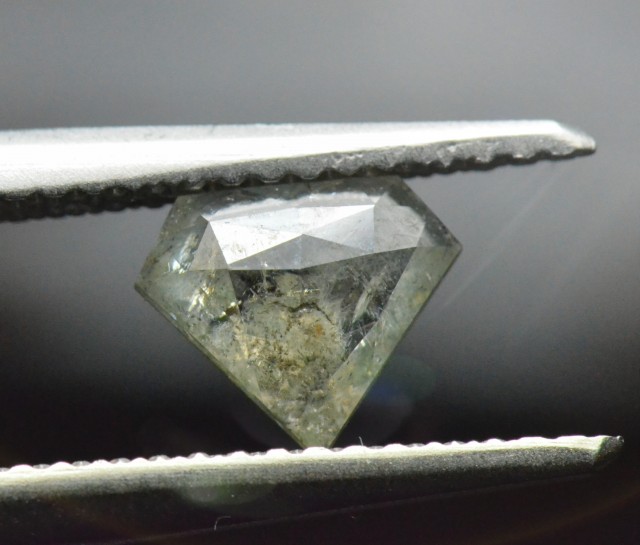
Clarity
Clarity refers to the level of visible inclusions (internal) or blemishes (external) in a diamond. Fewer inclusions and blemishes means higher value.
Common diamond inclusions include small diamond fragments or traces of other minerals. The most common blemishes are dents or scratches.
Clarity assessments grade clarity characteristics based on size, location, number, and contrast (relief.) The two primary clarity grading scales are from GIA and AGS (American Gemological Society.)
GIA’s clarity scale has 11 grades, starting at Flawless (no visible inclusions or blemishes under 10x magnification) and ending at I3 (easily visible inclusions affecting luster and transparency.)
Clarity grades between the lowest and highest generally indicate inclusions only visible under 10x magnification.

Cut
Diamond cut refers to how the stone’s facets reflect light. Cut is crucial for enhancing three diamond properties:
Brilliance: reflected white light
Fire: colored flashes of light
Scintillation: sparkle and pattern of light and dark areas
Cut grades examine the finished stone’s brightness, depth, and properties (above.)
The five cut grades are Excellent, Very Good, Good, Fair, and Poor. 90% of diamonds unearthed are Poor or Fair, while only 0.1% are Excellent. Are you starting to see why fine diamonds are so prestigious?
Cut may also refer to the finished stone’s shape. Round brilliant is the standard cut, while others fall under “fancy cuts.”
Round brilliant is the most popular shape, as this diamond cut sparkles the most. Oval, marquise, and pear cuts display great sparkle too, while asscher and cushion cuts enhance brilliance well.
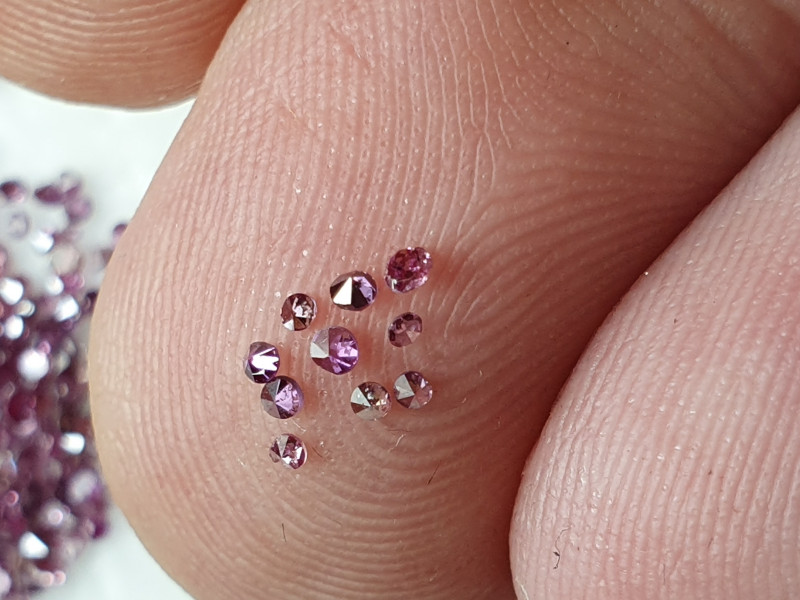
Carat Weight
Carat is the unit of measurement used for weighing diamonds, equivalent to 0.2 grams. (Note that karat is a different measurement unit.) Carats are incredibly precise, measured to the thousandth decimal point. Even a tenth of a carat can mean drastically different price points.
Price-per-carat can change with size, as one 4-ct diamond will likely cost more than four 1-ct diamonds. Moreover, price-per-carat takes other quality factors into account, so a 4-ct diamond could be more than 2x the price of a 2-ct diamond.
Treatments & Synthetics
What gives a particular diamond such striking brilliance and sparkle? It could be a well-executed cut, or it could be thanks to a treatment applied. Diamond treatments, or enhancements, can improve a stone’s appearance. Common treatments include fracture filling, coatings, laser drilling, and high-pressure high-treatment (HPHT) processes.
Synthetic diamonds, or lab-grown diamonds, have the same chemical and physical properties as natural diamonds, as opposed to simulant diamonds like moissanite or white topaz. Synthetics may be created as gemstones or for industrial uses. Most are yellow and produced by HPHT or chemical vapor deposition (CVD) procedures.
Now you know about diamond's gemological value, but to understand its perceived value, we’ll have to time-travel!

Diamond History
Diamonds have a reputation for being one-in-a-million, but are diamonds really rare? Despite what clever marketing would have you believe, diamonds are one of Earth’s most abundant gemstones. Diamond’s popularity boom only started a couple hundred years ago, though they have been revered for thousands of years.
Diamond Trade Over Time
Diamond discovery is debated but happened somewhere between 2500 BC and 300 BC. However, India is the definitive first source, beginning a legacy of diamond uses.
Ancient Indians didn’t have banks, so they relied on standard measurements (like rice grains) and kept all their currency on their person. The wealthy started converting their wealth into diamonds so they could safely store it away, somewhat similar to investing in gold today.
India pioneered many aspects of gemology, creating codes for quality testing (Ratna Pariksha) and a new diamond expert profession, Mandalins.
Diamond exports started (by force) in 327 BC when Alexander the Great invaded India and took diamonds to the Mediterranean. By the Middle Ages, Europe joined the diamond market, and steep prices meant diamonds were reserved for nobles and elites.
Brazil became the primary diamond source in the 1700s and stayed top-dog for over a century. As wealth and status shifted, the prior market of elites dwindled.
By the 1800s, diamond markets opened up overseas. Abundant South African deposits discovered in 1866 kicked off the modern diamond obsession — particularly for engagement rings.
Modern Perception of Diamonds
The source of our obsession can be traced to two companies: the De Beers Group and marketing giant N.W. Ayers.
Starting around 1870, the two collaborated on one of the most impressive marketing campaigns in history, using the slogan “A Diamond is Forever” to convince the public that diamond engagement rings are non-negotiable for proposals.
Throughout the 1900s, new sources emerged, bringing new sellers that diversified the market. Additionally, more research on diamonds occurred, leading to better cutting techniques and ultimately, better-looking diamonds.
More recently, the issue of conflict diamonds was brought to light. In response, nations have come together to reform the industry with the Kimberley Process in 2003.
Record-Setting Diamonds
Hope Diamond: The largest blue diamond in the world at nearly 46 carats, the Hope Diamond dates back roughly 400 years and holds superstitions about being cursed.
Cullinan Diamond: Found in South Africa in 1905, the Cullinan Diamond is the largest rough diamond at 3,106 cts. South African leaders gave it to King Edward VII of the UK as a 66th birthday gift.
Pink Legacy: As of 2018, the Pink Legacy broke the world record for the most expensive diamond ever sold, auctioned for over 50 million dollars.
As you can see, diamonds have garnered quite a reputation throughout the centuries. But where does it all begin? How does an organic diamond form?

Diamond Origins & Sources
Diamonds form deep within Earth’s mantle, about 100 miles underground, under high pressure and temperatures near 1800 degrees Fahrenheit!
Over billions of years, carbon atoms bond in strong, rigid patterns almost perfectly consistent in every direction. The stones reach Earth’s surface by being shot up via volcanic activity and moved by bodies of water or other environmental disturbances.
The stones may form as cubes under lower temperatures or octahedrons under higher temperatures. Other minerals present nearby may affect the rough diamond’s shape.
Of all diamonds mined globally, only about one-third are gem-quality. But where are diamonds mined?
Mining Locations
The most productive diamond mines have changed throughout history, starting with India. As of 2020, Russia and Botswana have the largest diamond reserves worldwide, while Russia and Australia produce the largest volumes.
Other prominent diamond sources include:
Angola
Brazil
Canada
Ghana
India
Namibia
Siberia
Ok, we’ve learned a lot about diamonds so far, but what makes them so spendy? Of course, we have to talk about diamond prices!
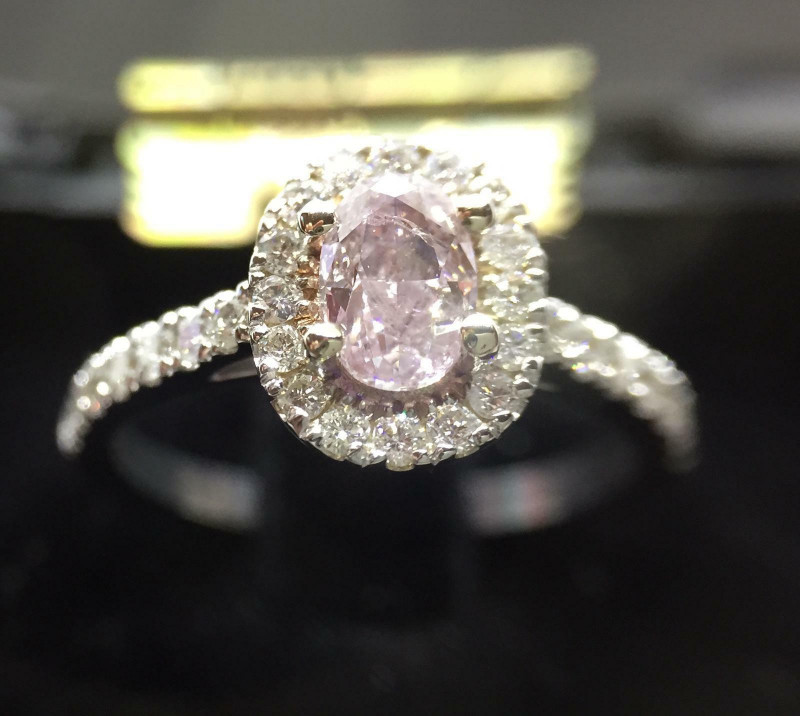
Diamond Price & Value
Diamond prices are tricky to generalize since so many factors affect value. Even two 1-ct colorless diamonds can vary from $2,000-$25,000 per carat.
Theoretically, the highest-quality diamond would be Type IIa with D color, Flawless clarity, and no fluorescence. However, a Flawless diamond could be 40% more expensive than the next-highest grade, VVS1.
For a gorgeous sparkling diamond, any color at H or I or higher with clarity at SI1 or higher will do. When choosing the size, remember: when carat weight increases, price-per-carat increases.
Though these aren’t exact, here’s an estimated price breakdown for a round brilliant cut diamond with decent color and clarity:
0.50 ct: $1,200-$5,800 per carat
0.75 ct: $1,300-$9,000 per carat
1 ct: $2,000-$25,000 per carat
3 ct: $7,000-$51,000 per carat
5 ct: $9,000-$68,000 per carat
Our number-one piece of advice: Never buy a diamond unless it’s been certified from GIA or IGS.
Looking for unique, affordable diamonds that won’t break the bank? You may like chocolate diamonds or salt-and-pepper diamonds!
Diamond Care and Maintenance
Diamond durability encompasses three aspects: toughness (breakability), stability (chemical/temperature changes), and hardness (Mohs scale.)
Diamonds appear unbreakable, but this isn’t entirely true. At the correct angle, a strong hammer blow can smash a diamond. However, access to this angle in jewelry settings is unlikely.
Lastly, we have stability. Overall, diamonds can resist the intense heat of cutting and pretty much every acid. Just avoid sudden, drastic changes in temperature to prevent fractures.
What about cleaning?
Virtually any cleaning method is safe for diamonds: soaps, cloths, household cleaners. Ultrasonic cleaners may be safe but have the potential to disconnect the stone from its setting.
Ready to Shine Bright Like a Diamond!
With that, it looks like you’re completely up to speed on all the important diamond information! These miraculous feats of nature remain astounding and remind us to shine bright no matter what. As Confucius said, “Better a diamond with a flaw than a pebble without.”
Search the Gemstone Encyclopedia
Related Auctions
Related Articles
Originally the Birthstones or gemstones were associated with a zodiac sign or the month of a individuals birth. Find out what your stone is and view the stones we have for sale
8th Feb 2021
There are dozens of quartz and chalcedony gems with various colors and patterns. Learn all about quartz properties and every type of quartz, from amethyst and agate to plasma and phantom quartz!
15th Oct 2020
Hackmanite is a pink to violet sodalite gem known for its unique color-change and luminescence. Learn why hackmanite is special, from its rare qualities to the types of hackmanite jewelry available.
28th Mar 2018
Latest Articles
Friedelite is an uncommon pink, red, or brown manganese silicate mineral best known from New Jersey and South Africa. Learn the prices, properties, uses, and history of friedelite gemstones.
23rd Dec 2024
Shortite is a rare mineral and rarer gemstone, usually found as colorless or yellow wedge-shaped crystals. Learn the value, history, and properties of shortite in this guide!
9th Dec 2024
Senarmontite is an uncommon antimony mineral mostly used industrially but occasionally collected as rare gems or pearly crystals. Find out all of the traits, uses, prices, and history of senarmontite.
27th Nov 2024
Article Categories
How To's is where you will find helpful articles from gem Rock Auctions on how to cut gemstones, select gemstones and buy gemstones.
9 Articles





